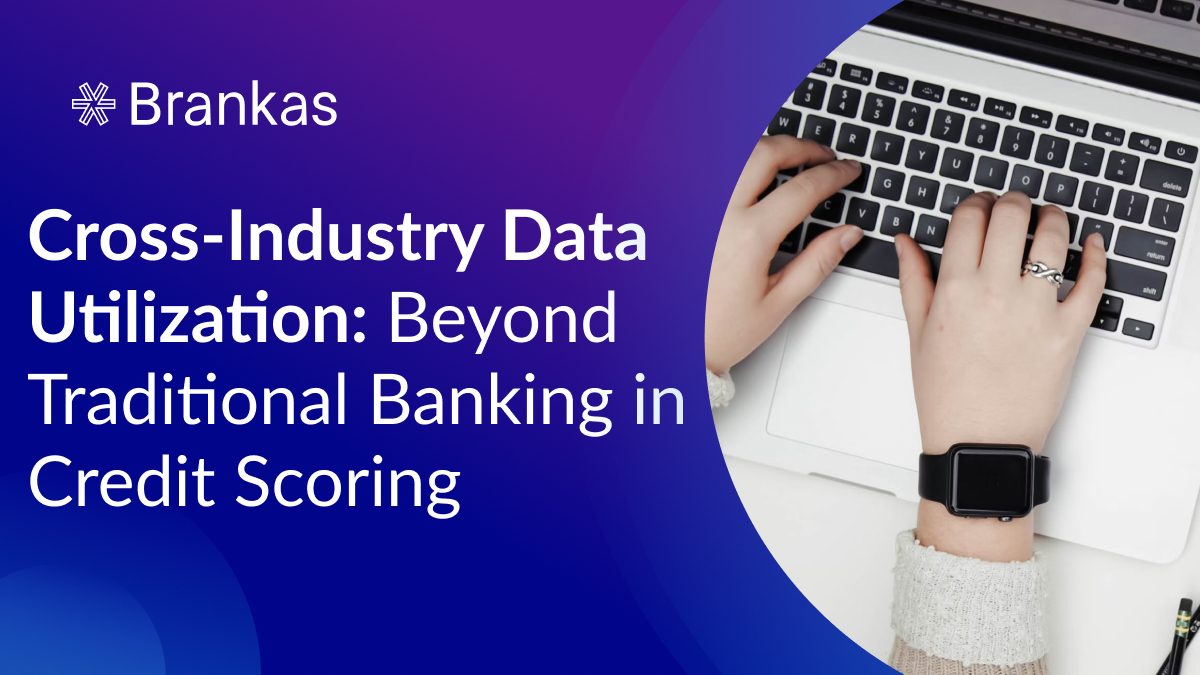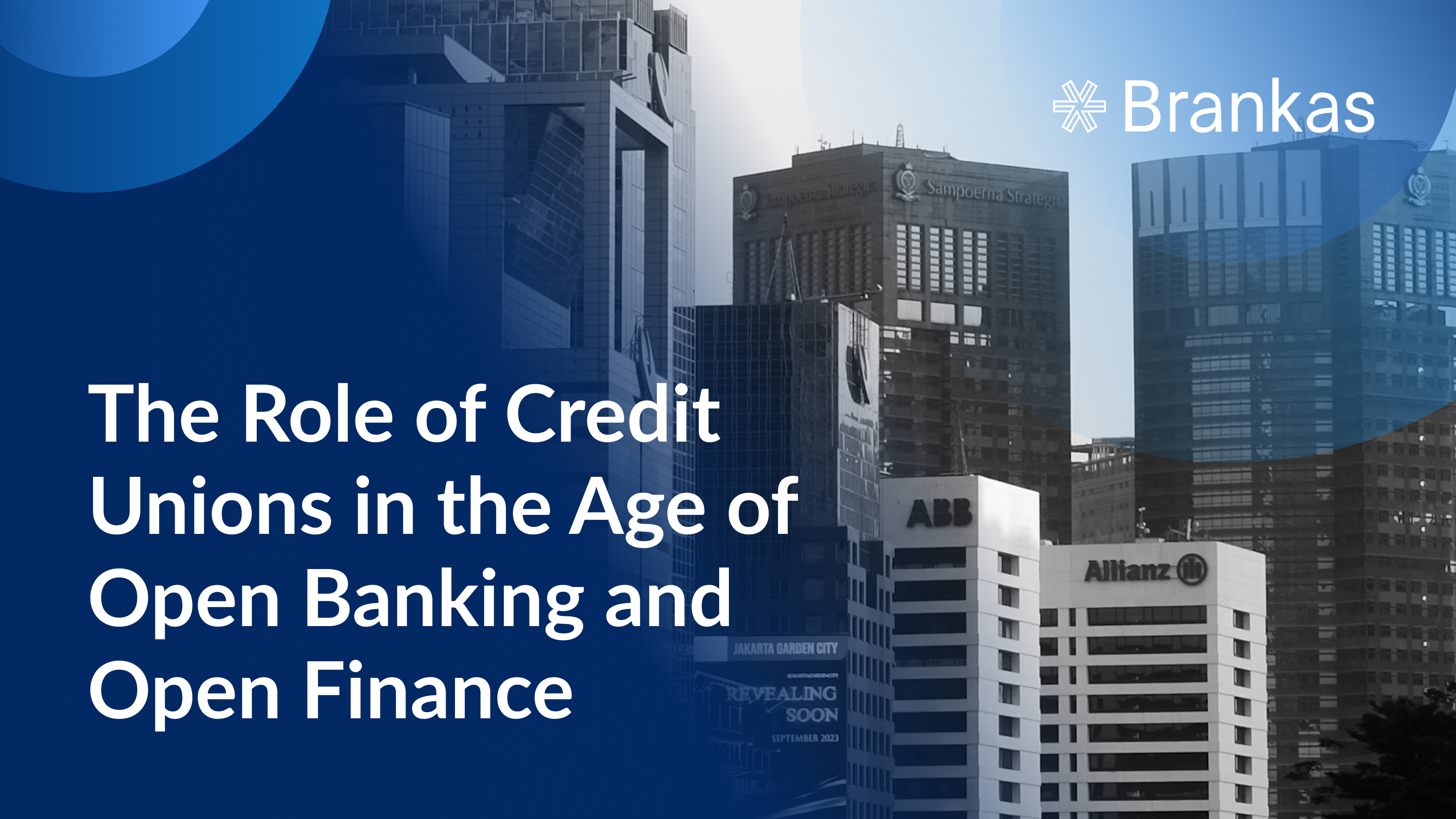
As the region enjoys rapid digital transformation, Cambodia stands out as a country to watch. Despite its historical challenges, Cambodia’s economy demonstrated resilience in 2023 and is primed for robust growth in the coming years.

The financial world is rapidly shifting because of digitalization, and traditional credit scoring methods are being challenged and reinterpreted. Historically, banks have relied heavily on conventional data sources such as credit history, loan repayments, and income levels to assess an individual’s creditworthiness.
Enter the era of cross-industry data utilization. Financial institutions can now gain a more holistic view of one’s financial behavior by leveraging information from various sectors—telecommunications, utilities, social media, and e-commerce.
Traditionally, banks have relied on a narrow set of data sources to determine an individual’s creditworthiness, such as credit histories, records of loan repayments, income statements, and employment information. Financial institutions assess one’s ability to repay a loan based on their past financial behavior and current financial stability. This method has been the bedrock of credit scoring for decades, providing a clear, albeit limited, picture of a person’s credit risk.
What about the individuals who operate largely outside of this system? Traditional credit scoring methods fall short for those who have limited or no interaction with conventional financial services. They might have stable incomes and responsible financial habits, but without a traditional credit history, they struggle to secure loans and other financial services.
Traditional credit scoring has been effective to a degree, but it is not without flaws. It overlooks a significant portion of the population and can sometimes provide an incomplete or biased assessment of an individual’s creditworthiness.
Cross-industry data utilization leverages data from various sectors outside traditional banking to enhance the accuracy and inclusivity of credit scoring. This innovative approach draws from a diverse array of data sources to create a more comprehensive picture of an individual’s financial behavior and creditworthiness.
For instance, telecommunications data can provide insights into a person’s payment consistency and usage patterns. Utility payments may be indicative of reliability and financial responsibility. Social media activity can offer a glimpse into lifestyle and spending habits, while online shopping behavior from e-commerce platforms can reveal consumer preferences and financial capacity.
Integrating these various data sources allows financial companies to gain a more detailed knowledge of an individual’s credit risk. Credit profiles will become more exact. There will be greater inclusion, which will encourage innovation in financial services or product offers.
For decades, banks have relied on statistical and mathematical tools to assess risk and anticipate results. Today, big data meets enhanced data analytics, machine learning, and greater computational power. Big data refers to the vast volumes of data generated every second from various sources, including social media, mobile devices, e-commerce platforms, and more. Machine learning (ML) are algorithms that can learn from and make predictions based on this data. Together, these technologies enable the processing of large and complex datasets far beyond human capability.
Big data allows financial institutions to tap into diverse and extensive data sources beyond traditional financial metrics. Machine learning algorithms can then analyze this data to identify patterns and correlations that might indicate creditworthiness. For example, an e-commerce platform tracks user purchases, payment methods, frequency of purchases, and average transaction values. An ML model can evaluate this data to identify spending patterns, such as regular purchases of essential goods or consistent use of credit/debit cards without defaults. By analyzing these patterns, the ML model can provide insights into the consumer’s financial stability and likelihood of meeting credit obligations.
These technologies enhance the accuracy of credit scoring models and enable real-time assessments. Credit decisions can be made more swiftly, providing consumers with faster access to credit. Machine learning models can continuously improve over time as they are exposed to more data, ensuring that credit scoring methods remain relevant and effective.
1. Credolab
In South Africa, Nigeria, Kenya, and Ghana, Credolab employs mobile metadata analysis to evaluate credit risk. The fintech integrates a mobile software development kit (SDK) into the banking applications of lenders, gathering privacy-consented micro-behavioral data points from Android and iOS devices. These data points include the frequency of selfies stored on a customer’s phone, the number of installed games, monthly video creation activity, usage of virtual private networks, and typing speed. This information is collected during the loan application process. ML algorithms integrated within the system calculate the likelihood of default and generate a corresponding credit score.
2. LendoEFL
LenddoEFL pioneered social verification. Their machine learning algorithms analyze a person’s digital footprint, online behavior, social connections, and lifestyle patterns to forecast their potential as a reliable credit candidate. This method has been particularly useful in emerging markets where traditional credit data is scarce.
3. India’s Utility Bill Data
In India, utility bill payments are being used to enhance credit scoring. The Reserve Bank of India (RBI) has recognized utility bill payment histories as a valid source of data for assessing creditworthiness. Companies like CreditVidya use machine learning to analyze utility bill payment patterns. By examining whether individuals consistently pay their electricity, water, and gas bills on time, these models can accurately predict credit behavior. This approach has significantly improved credit access for individuals who may not have extensive banking records but demonstrate financial responsibility through their utility payments.
4. Ant Financial
Ant Financial, an affiliate of Alibaba, leverages e-commerce data to create its credit scoring system, known as Sesame (or Zhima) Credit. By analyzing user data from Alibaba’s e-commerce platforms, such as purchase history, payment behavior, and even product reviews, Sesame Credit generates a credit score that reflects the user’s financial habits. This score is employed to offer various financial services, including loans and insurance.
5. Scotiabank
Scotiabank employs AI to optimize its credit risk evaluation procedures. Through the utilization of machine learning models that scrutinize both traditional and non-traditional data outlets, the bank can enhance its ability to forecast the creditworthiness of potential applicants. This strategy enables Scotiabank to provide credit offerings that are finely tuned to individual risk profiles, potentially decreasing default occurrences and broadening the accessibility of credit services to previously untapped customer segments.
Cross-industry data utilization is a key driver in upgrading credit scoring systems. Financial organizations can gain a more comprehensive picture of consumers' financial patterns and creditworthiness by incorporating multiple data sources. This innovative approach improves credit assessment accuracy and promotes wider financial inclusion by accommodating people who have little or no traditional credit history. For lenders, integrating cross-industry data allows them to create more personalized and tailored credit solutions, resulting in lower default rates and increased access to credit services for a wider range of clients.

As the region enjoys rapid digital transformation, Cambodia stands out as a country to watch. Despite its historical challenges, Cambodia’s economy demonstrated resilience in 2023 and is primed for robust growth in the coming years.

Open banking has been a game-changer in banking and finance. Allowing third-party providers to access customer data enhances customer experience, promotes competition, fosters financial collaborative ecosystems, and enables emerging technologies integration. Fintechs and banks are embracing open banking and open finance. Will credit unions catch up?